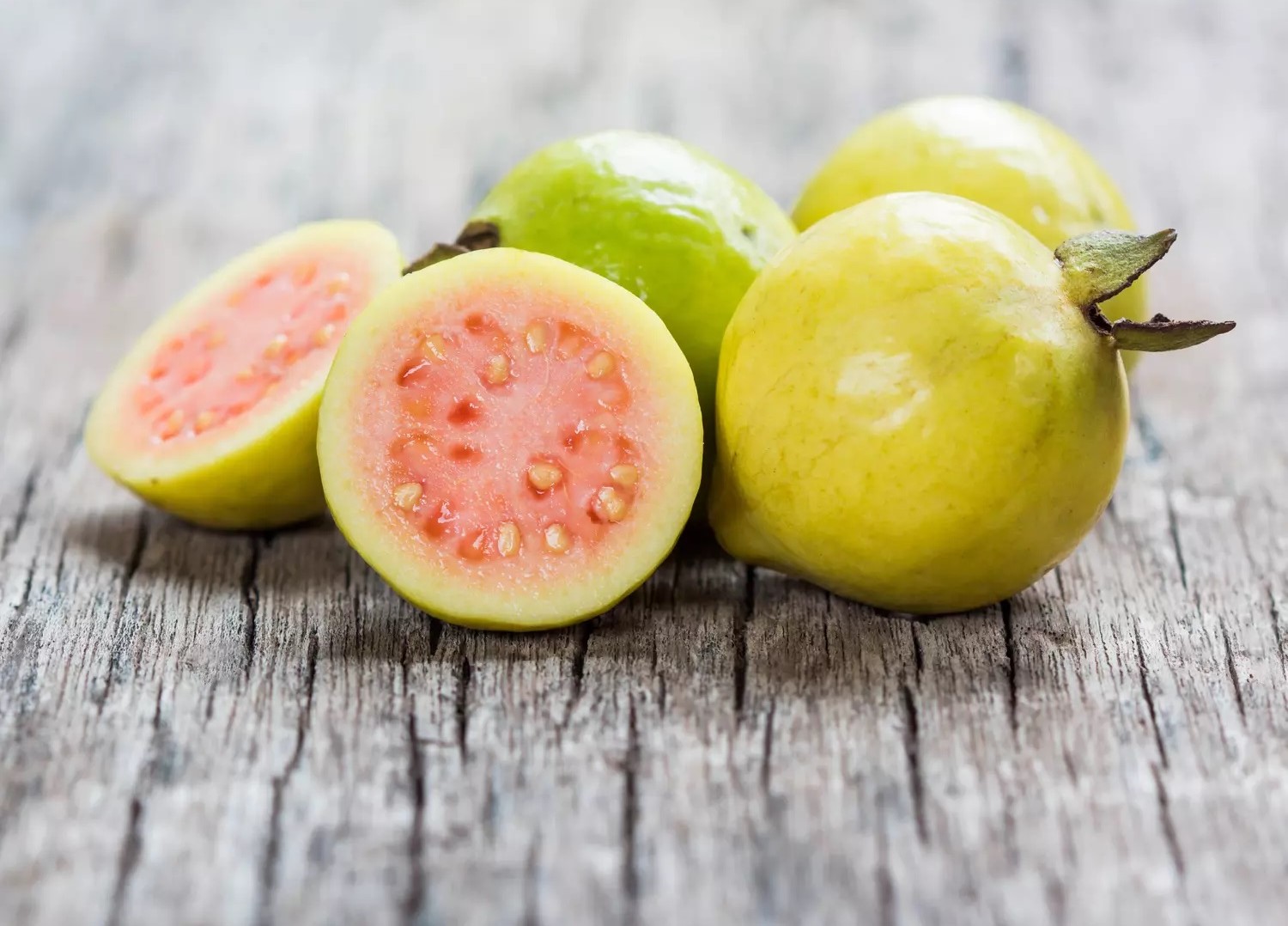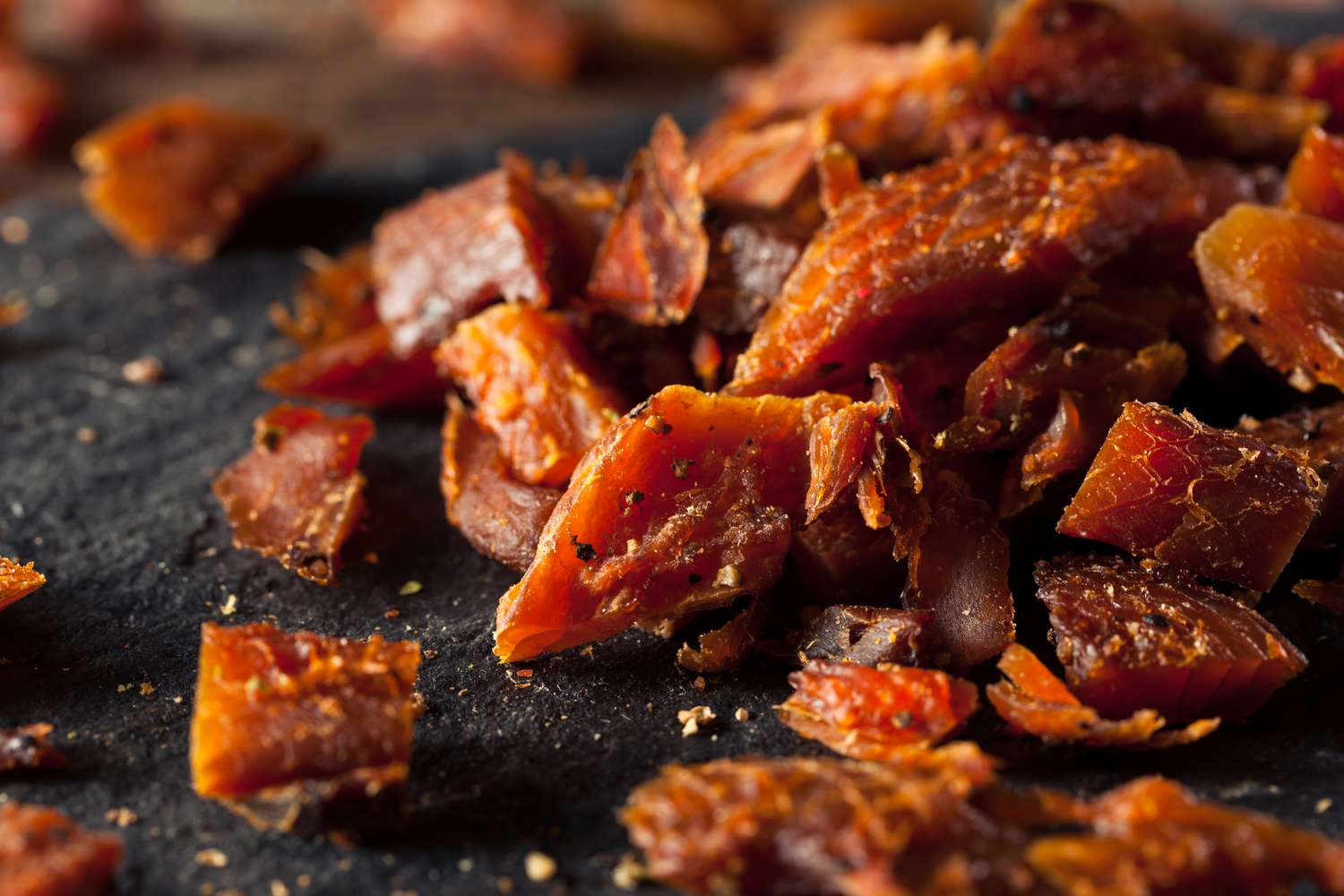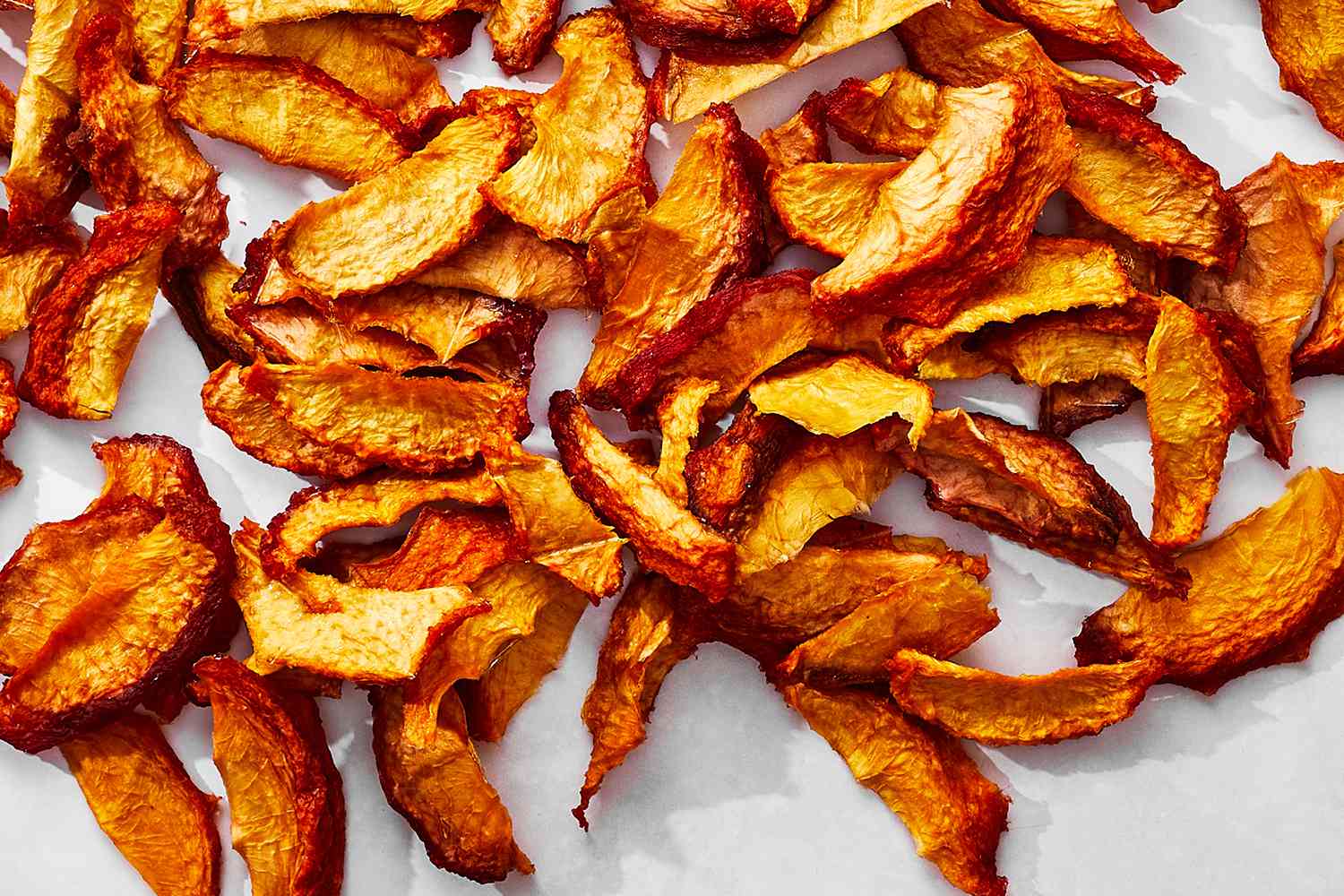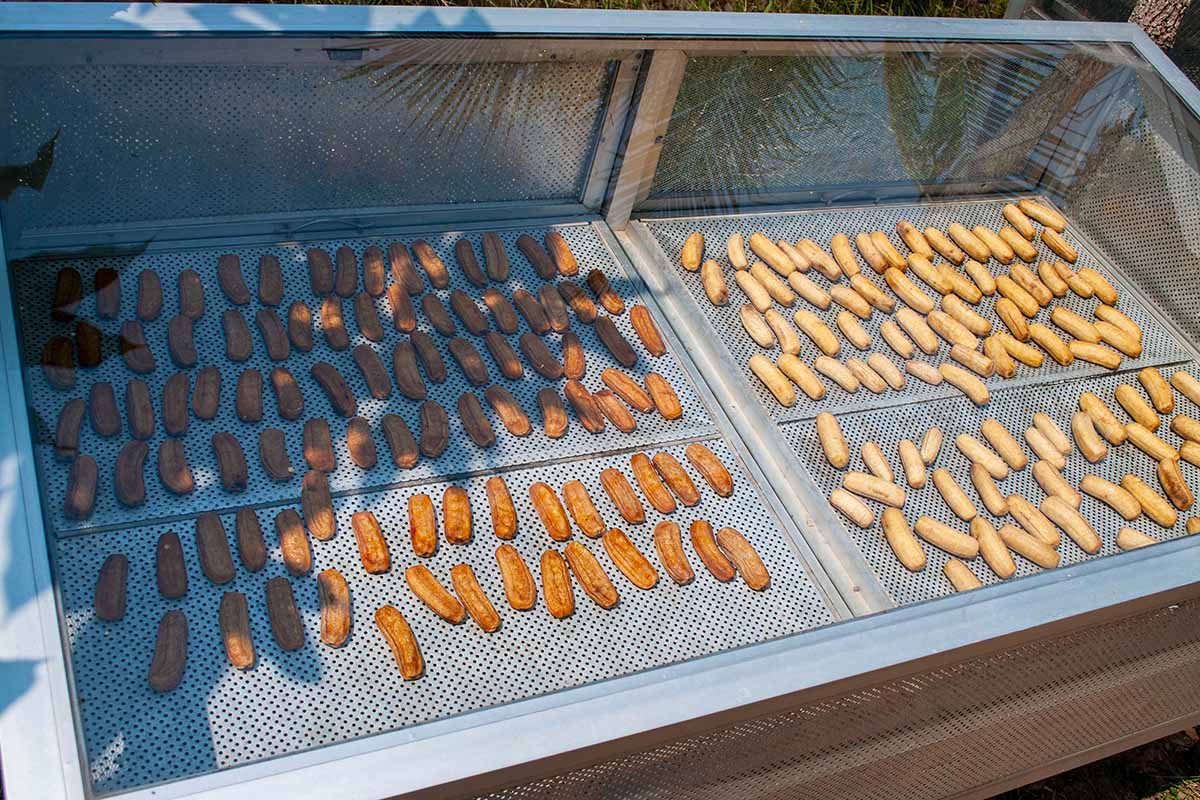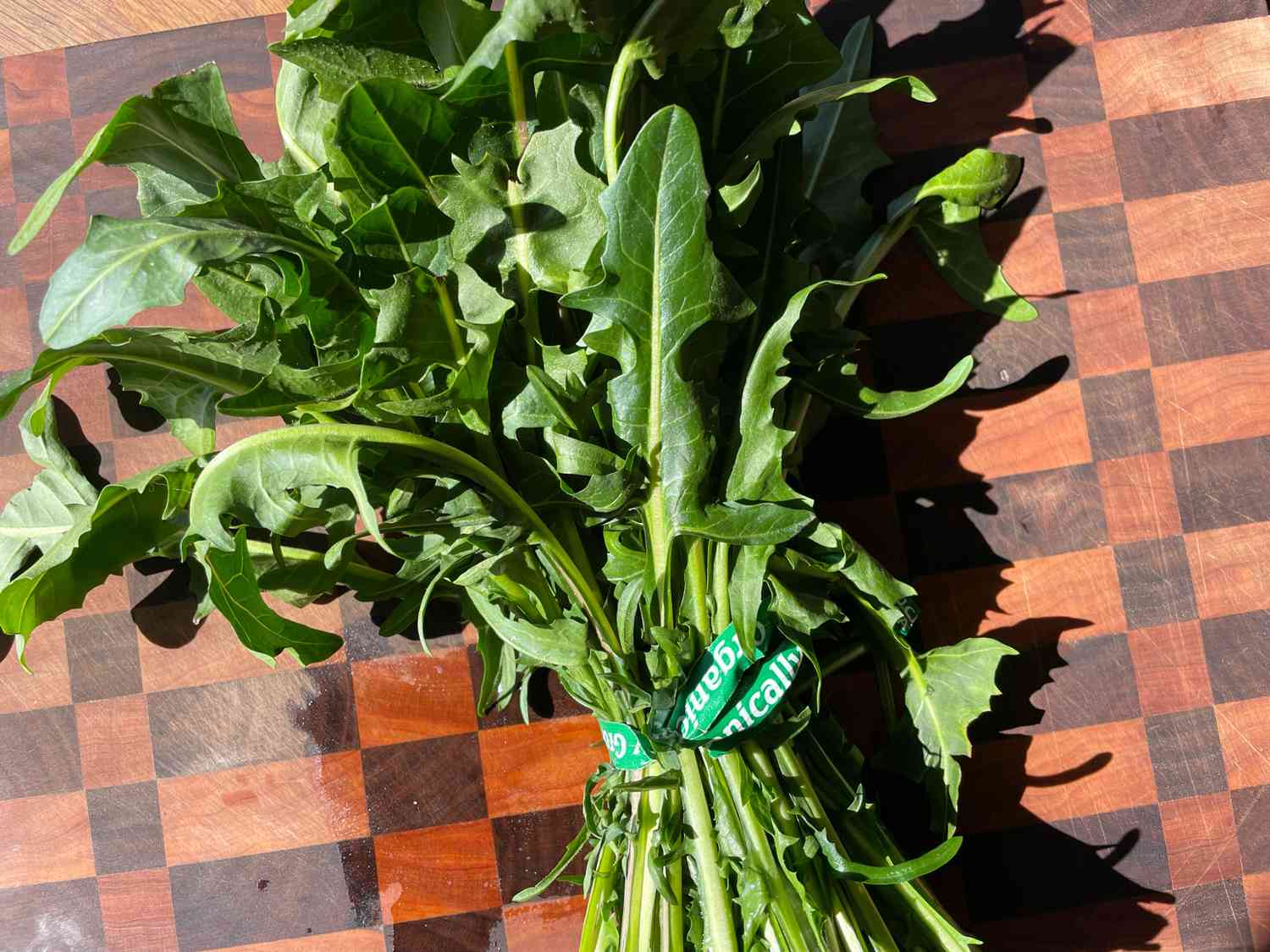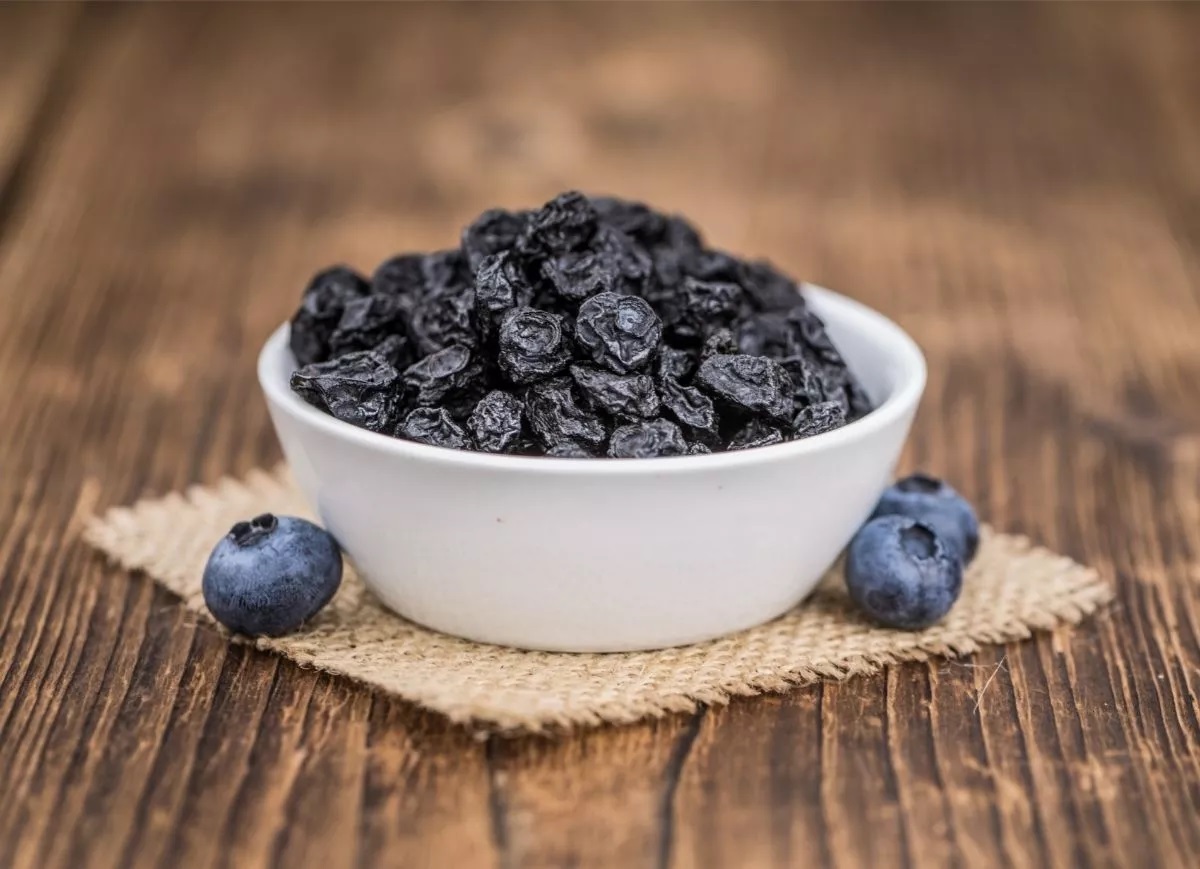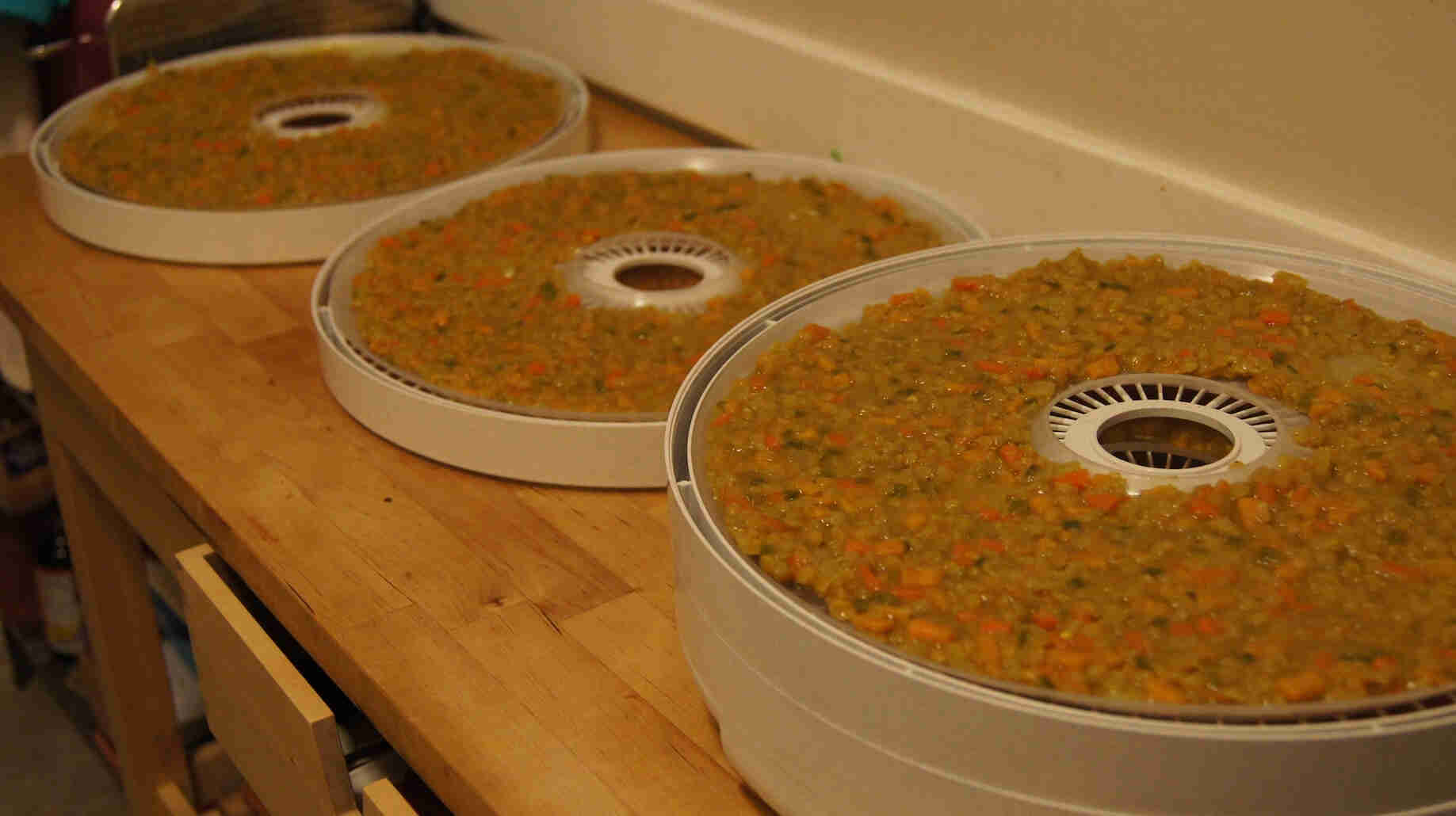Dehydrating Red Beets: A Nutritious and Delicious Snack
Dehydrating red beets is a simple and rewarding process that allows you to enjoy this nutritious root vegetable in a whole new way. Whether you’re looking to create a healthy snack or preserve an abundance of beets from your garden, dehydrating them is an excellent option. In this guide, we’ll walk you through the steps to dehydrate red beets at home, so you can enjoy their vibrant color and earthy flavor all year round.
Why Dehydrate Red Beets?
Dehydrating red beets offers several benefits:
- Preservation: Dehydrating red beets allows you to preserve them for an extended period without the need for refrigeration.
- Nutrition: Dehydrated beets retain most of their nutrients, making them a healthy and convenient snack option.
- Convenience: Dehydrated beets are lightweight and portable, making them ideal for on-the-go snacking, camping, or hiking.
- Flavor: Dehydrated beets have a concentrated flavor that intensifies their natural sweetness, making them a tasty addition to salads, trail mixes, and more.
How to Dehydrate Red Beets
Follow these simple steps to dehydrate red beets at home:
- Prepare the Beets: Start by washing the beets thoroughly to remove any dirt. Peel the beets and slice them into uniform pieces, about 1/4 inch thick, using a sharp knife or a mandoline slicer.
- Blanch the Slices: To help preserve the color and nutrients, blanch the beet slices in boiling water for 3-5 minutes, then immediately transfer them to an ice water bath to stop the cooking process.
- Arrange on Dehydrator Trays: Pat the blanched beet slices dry with a clean kitchen towel. Arrange the slices in a single layer on the dehydrator trays, ensuring that they are not touching or overlapping.
- Dehydrate the Beets: Set your dehydrator to 125°F (52°C) and dehydrate the beet slices for 6-8 hours, or until they are dry and crispy. Check the slices periodically and rotate the trays for even drying.
- Cool and Store: Once the beet slices are dehydrated, allow them to cool completely before transferring them to an airtight container or resealable bags for storage. Store the dehydrated beets in a cool, dark place away from direct sunlight.
Ways to Enjoy Dehydrated Red Beets
Once you have dehydrated red beets, there are countless ways to enjoy them:
- Snacking: Enjoy dehydrated beet chips on their own for a nutritious and crunchy snack.
- Salads: Add a pop of color and flavor to your salads by sprinkling dehydrated beet slices on top.
- Trail Mixes: Incorporate dehydrated beets into homemade trail mixes for a sweet and savory twist.
- Soups and Stews: Rehydrate the beet slices by soaking them in hot water, then add them to soups and stews for an extra nutritional boost.
- Baking: Grind dehydrated beet slices into a fine powder and use it to naturally color and flavor baked goods like muffins and pancakes.
In Conclusion
Dehydrating red beets is a simple and versatile way to enjoy this vibrant root vegetable. Whether you’re looking to create a nutritious snack or add a burst of flavor to your favorite dishes, dehydrated beets are a valuable addition to any kitchen. With just a few easy steps, you can preserve the goodness of beets and enjoy them in new and exciting ways throughout the year.
So, next time you have an abundance of red beets, consider dehydrating them to unlock their full potential and elevate your snacking and cooking experience.
For those looking to get the most out of their dehydrated red beets, there are several recipes to try. Start with Dehydrated Beet Chips with Sea Salt for a simple yet tasty snack. Then, elevate your salads with Beet and Goat Cheese Salad with Dehydrated Beet Slices. For a unique twist, try the Beetroot Hummus with Dehydrated Beet Garnish which adds a crunchy texture to the creamy hummus. If you need a nutrient-packed snack, the Vegan Beet Powder Energy Balls are a must-try. Lastly, don't miss out on Beet and Quinoa Salad with Dehydrated Beet Toppings for a filling and healthy meal that showcases the versatility of dehydrated beets.
Was this page helpful?
Read Next: How To Dehydrate Vegetables In Dehydrator

